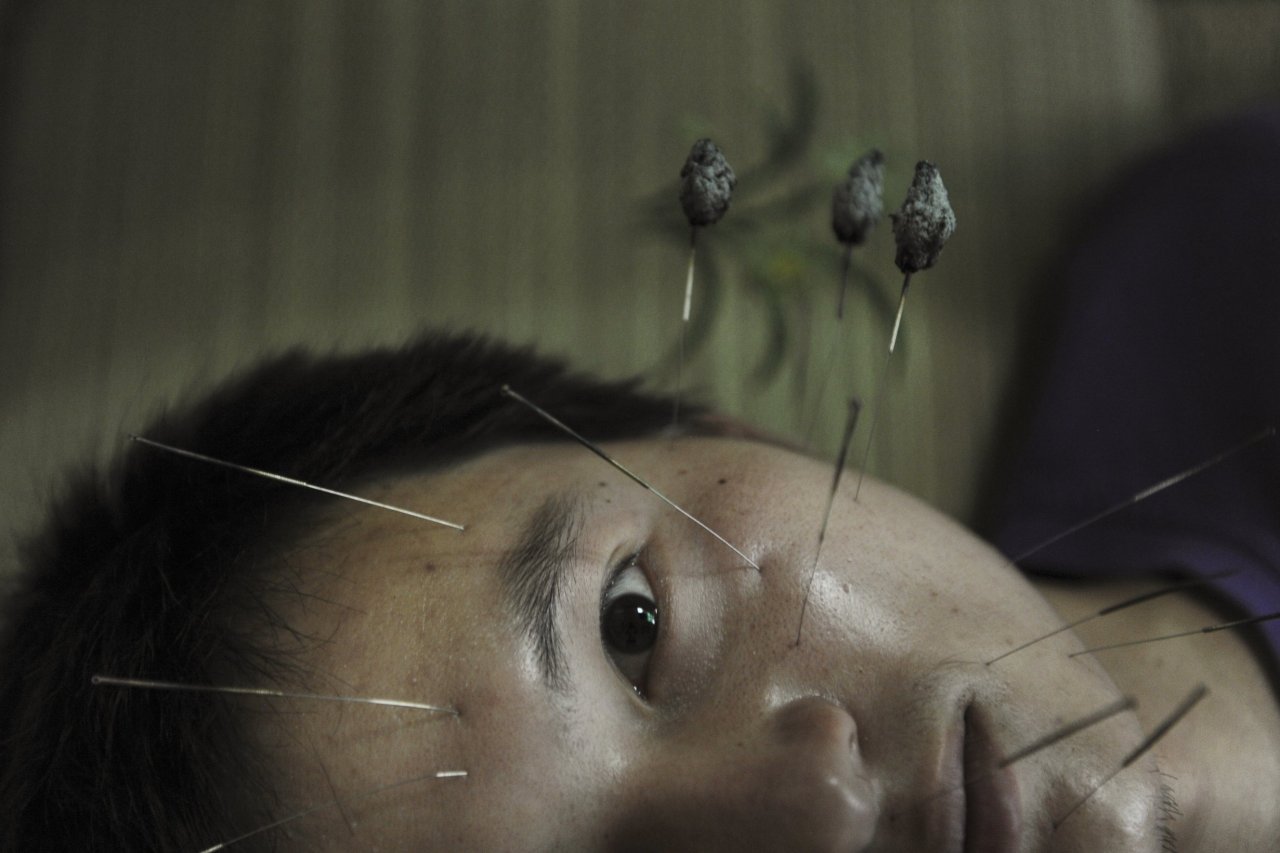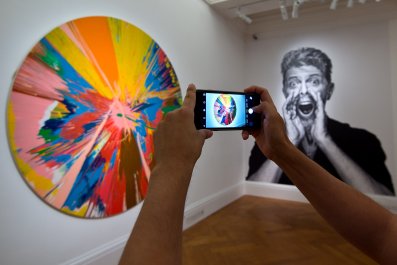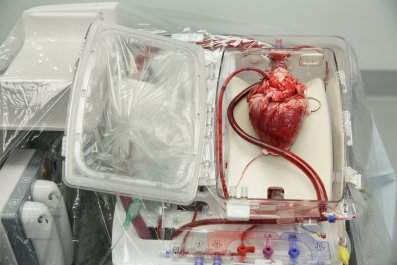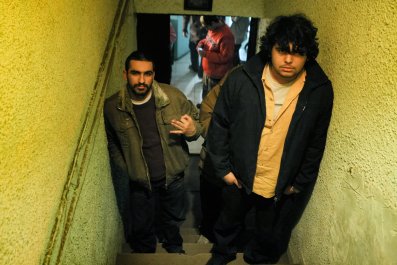"Hey, Doc, should I drink cockroach milk?" a patient asks.
"After the birth of my newborn, will I digest the placenta better if it is pulverized and put in pill form, or freeze-dried and used as a pizza topping?" asks another.
While sometimes questions like these seem "cultural," it's often difficult to fathom that a physician or any health care professional would have recommended the treatment in question. The phrase "Nine out of 10 doctors recommend…" is often used to promote widely accepted treatments, so that one outlier doctor must be responsible for all the rather wacky treatments that we other physicians get asked about every week. And although some of these treatments seem beyond bizarre, they can also be incredibly interesting.
At least they were to the three physicians listed in this article's byline, including Dr. H. Eric Bender, who says his fascination with peculiar medical practices started in medical school. During one of his early rotations, he was shocked to learn that not only could he order leeches for a patient in the hospital but he could specify where they were to be placed as well: left leg, right arm or whole body. (In case you're wondering, to precisely "aim" a leech, place it in a small cup with a very small hole cut in the bottom. That hole is then aligned with the area on the patient requiring blood removal and voilà! Bloodthirsty segmented worms are suddenly hard at work. Bender does not recommend trying this at home.)
Now, thanks to our internet-sparked society of do-it-yourselfers, Bender's fascination with the unconventional cure has continued to grow as he has contemplated conversations with his patients and researched a wide range of (seemingly) ridiculous but sometimes effective remedies. Unfortunately, the physician's oath to "do no harm" has been replaced in many clinics with "do clean up this mess."
For example, a physician or two in the not so distant past recommended that children smoke tobacco to treat pica, a condition in which people feel compelled to chew on nonnutritious substances like rocks, sand or glass. Some doctors over the years suggested that patients use cocaine and heroin to remedy toothaches and persistent cough, respectively. (In addition to references, the book includes pictures as evidence.) Alcohol has been recommended to pregnant women for its health benefits—Guinness beer is rich in iron—and not just by Irish physicians. Others practicing medicine have suggested using hookworms to cure asthma (causing dangerous infections).
The list of dangerous substances, organisms and animal byproducts that people have used over the years to treat everything from low libido to sexually transmitted diseases goes on and on. Fortunately, most of the practices did not, as further research demonstrated the dangers of many of them.
"Weird medicine" is not limited to just medical practices and treatments. A look into the medical literature reveals that it is replete with research and studies that aren't particularly well-designed or are far-fetched to the point of absurdity. For example, some research suggests that cocaine might protect you from head injuries and alcohol might improve cognition. Other studies seemed simply self-evident. Did you know skydiving is dangerous? Would you believe that stock market crashes are associated with increased depression? Clearly, some of this research must have been conducted at the University of the Obvious.
Some fascinating practices seemed like terrible ideas but are actually so well-supported by research that they are considered the gold standard for treatment of certain illnesses. Enticing theories that turn out to be bad ideas (think bacon-stuffed pizza) are not unique, but seemingly odd ideas that turn out to be great ideas, such as having complete strangers stay in your house while you're not there—kudos, Airbnb!—are as rare as spinoffs being as good as the original.
As an example, consider that antibiotics frequently kill good bacteria while also killing the bad bacteria doctors are trying to eliminate. "Good" bacteria suppress the growth of bad bacteria. So when the good bacteria are wiped out, many individuals develop a type of intestinal infection known as Clostridium difficile (or C. diff ). C. diff is often difficult to treat with antibiotics, since they typically caused the problem in the first place. Fortunately, one treatment has a very high rate of success: fecal transplantation. Yes, you read that correctly. Doctors place stool from a donor inside the patient's gastrointestinal system. Intuitively, you might think putting my feces into your gut would cause serious infections, but the donated good bacteria help eradicate infection.
If you think using excrement is an odd way to eradicate infection, how about maggots instead? Maggot therapy involves using those little legless larvae to prevent a wound infection. Maggots selectively target and eat dead tissue that is difficult to remove surgically without taking healthy tissue with it. Although doctors have been aware of this fact since at least the 1930s, this treatment was not regularly used for decades, particularly as antibiotic use to treat and manage wounds rose in popularity. However, after a recent "rediscovery" of maggot therapy, more than 800 health care institutions use it today. You can be sure pharmaceutical companies are already working on a way to charge exorbitant prices for the little larvae.
Medicine, like all science, is dynamic and evolving—that's why it is referred to as "the practice of medicine." Accepted treatments of one era might be discarded later as "pseudoscience." What is considered "experimental" today might become the standard of treatment tomorrow. Fortunately, there is something called peer review and scientific standards. Also, most health care providers have embraced the process of gathering as much evidence as possible instead of treating patients like lab rats.
Patients performing their own research online can spark informative conversations with their doctors, even if they do sometimes suggest things that make a person want to scream, or puke. Nevertheless, although "Dr. Google" is punctual and doesn't require a co-pay, it is still not qualified to diagnose and treat. There is no safe substitute for the intimate, one-on-one relationship between a patient and a physician. This will continue to be true as long as doctors remember that medicine is a science and an art, full of both expected outcomes and surprising solutions.
So to our patients: Be wary of charlatans but keep an open mind. Bring all your questions to a physician and ask away. To our fellow physicians: Listen to your patients. Talk with them, not to them. And remember: If you can't do any good, at least do no harm.
H. Eric Bender, Murdoc Khaleghi and Bobby Singh are the authors of 1 Out of 10 Doctors Recommends: Drinking Urine, Eating Worms, and Other Weird Cures, Cases, and Research from the Annals of Medicine.





















